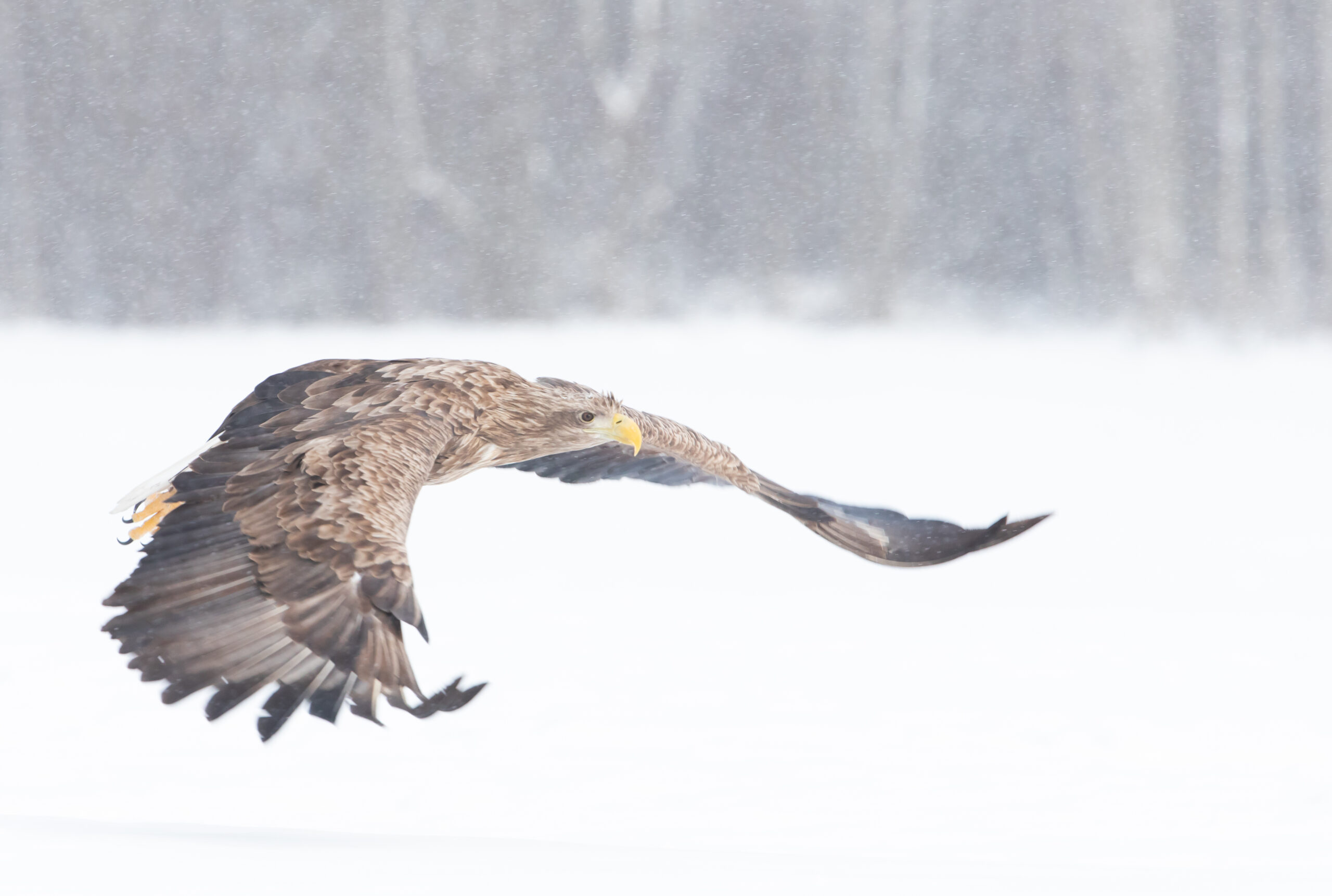This article explores a butterfly who has not yet become a permanent species in Estonia but who might attract the attention of nature lovers with its remarkable appearance and diurnal activity.
It is the way of life that those who have wings go and journey to a greater or lesser extent. As a rule, butterfly migration does not resemble bird migration, which involves travelling towards a nesting area in spring and escaping the frosts to a region with a more abundant supply of food in the autumn. Butterfly migration arises from the urge to expand their area of distribution and find new suitable habitats. In favourable years this does succeed.
Some even succeed in surviving in our changing climate for years or decades but often the harsh winter weather tends to obliterate the travellers or, mainly, their offspring. Favourable winds from a certain direction that blow for an extended period are a factor facilitating migration. If the fair winds persist in a year when the population of the migrant is at a peak, then plenty of travellers will also reach us. Several of them will return time and again but there are also species that are able to establish themselves here, e.g., Lesser Purple Emperor, Large Tortoiseshell, etc.
The Lepidoptera who migrate here may be larger or smaller, nocturnal or diurnal.
In July a hobby photographer succeeded in capturing a picture of a pretty yellow butterfly that turned out to be a Clouded Yellow butterfly—a rare and accidental visitor in Estonia.
As the weather was very warm and hot in southern and central Europe in 2013 Clouded Yellow (Colias crocea) butterfly migrated here. The good weather in Estonia allowed the migrants to go through the entire life cycle, i.e., lay eggs, come through the caterpillar stage successfully, and reach adulthood. This was greatly facilitated by the quite high average daily temperature that allowed the caterpillars to feed both in the day and at night.
As a result of the fast reaction of lepidopterologists and the exploration of the habitats suitable for moths in that region yielded the result that Clouded Yellows were found from several places and there were tens of specimens. This was a big surprise since only few individual specimens have been found in Estonia during the entire history of studying Lepidoptera, the previous one was discovered in 1980. Unfortunately there is no hope of the moth establishing a permanent population since taking into account the life cycle of the Clouded Yellow butterfly, it is unable to overwinter here. We may only hope that the weather conditions favourable to the Clouded Yellow butterfly will repeat in the following years so that we might chance upon it on the roadsides upon blossoms, gladdening the hearts of nature lovers and photographers with its beautiful yellowish orange wing pattern.
Allan Selin







